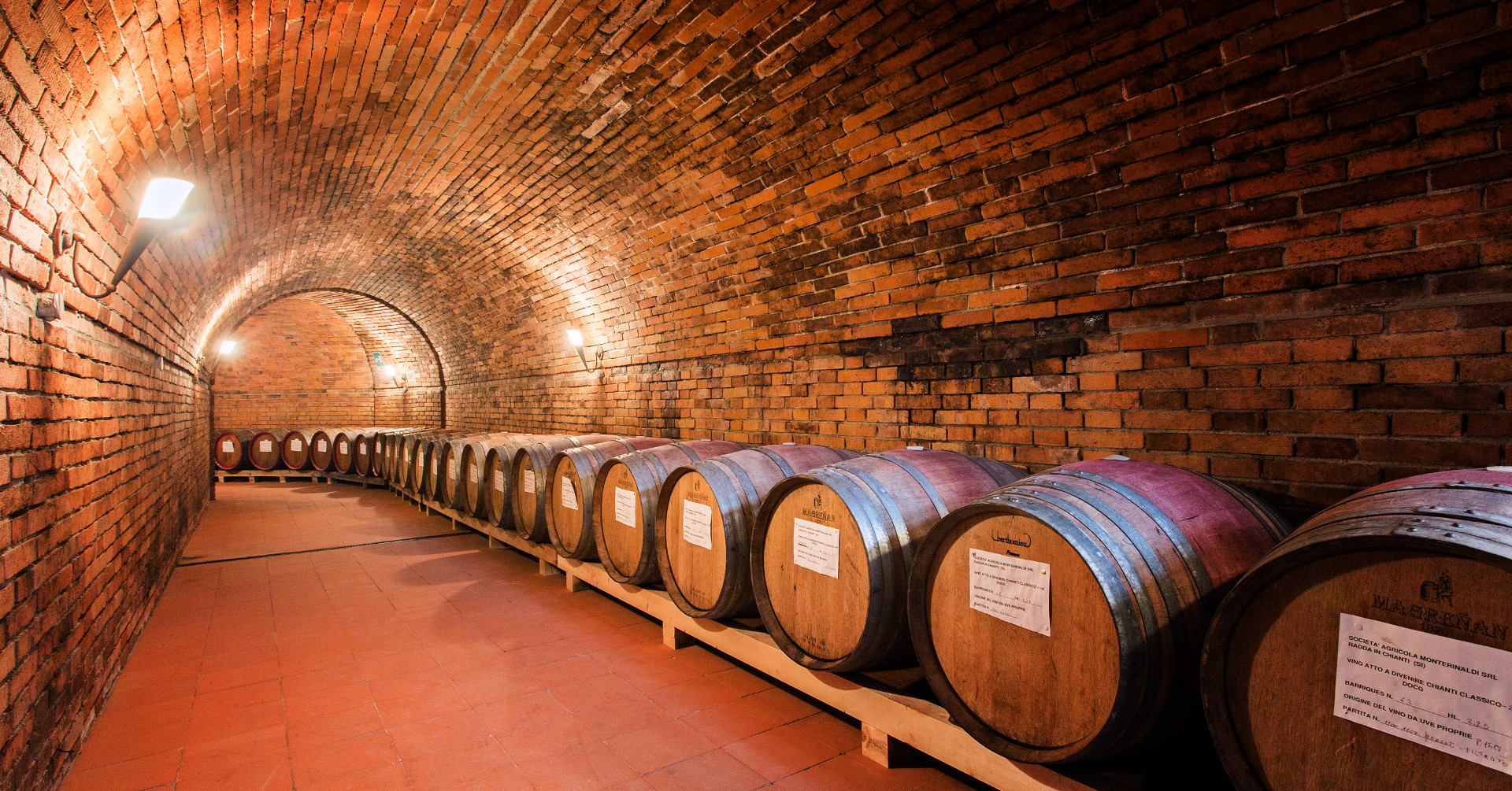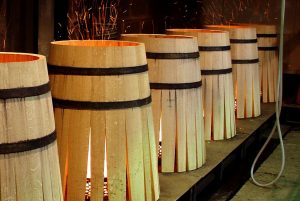
03 Mar How barriques change the wine
What happens to wine in barriques?
Barriques are small barrels – of French origin – built with oak wood, of small dimensions (225 litres for the Bordeaux and 228 litres for the Burgundy).
The history of barriques brings us back to France because they were initially used as a tool for transporting wine. The practice of using barriques for transport was common, because it was established that in a wooden container (poor thermal conductor) of low volume, the stress of the journey would have had minimal influence on the quality of the transported wine.
Today, their purpose is no longer just to contain wine, but to give the wine itself particular aromatic and structural characteristics. Of course, not all wines are suitable for aging in barriques. Usually barriques are used for important red wines that have good structure, but also on dry whites or classic method sparkling bases.
For many years, barriques have also been used excessively, so much so that they ‘equalised’ wines by relying on the hints of the wood. Today’s taste tends instead to favour the fruit and therefore the hints of the woods must not overwhelm those of the wine.
Although barriques are produced only with oak wood, their aromas can vary considerably, since these may have different origins, depending on the impact you want to give to the wine. Another very important variable is the ‘toastiness’ of the wood, or the period of time during which the wood is exposed to an aromatic fire: the higher the toasting, the greater the influence of that wood on the taste of wine.
The wine that ages in barriques acquires aromas reminiscent of vanilla, toasted wood, or coconut, but is also enriched with many compounds ceded by the wood, such as tannins, with variable intensity depending on its origin and toastiness.
The function of this small barrel is to allow a controlled micro-oxygenation: oxygen penetrates slowly through the pores of the wood and the staves, thus favouring a natural micro-oxygenation and the polymerisation of tannins that make the wine softer and more elegant.
Wine stays inside a barrique much less compared to an aging in classic barrel (starting from 1000lt). Although the wood aging duration is dictated by several factors, it generally varies from 6 to 18 months for the barrique, and from 12 to 48 months for the classic barrel. It should be borne in mind that in the barrique the oxygenation of the wine is greater than in a larger barrel, because the volume/contact surface ratio is greater and the thickness of the staves is smaller.
Through a natural chemical evolution, it will arrive to the formation of complex anthocyanins-tannins and tannins-tannins, which make the colour of our red wine more intense and more stable over time, guaranteeing longevity and softness.
Not all the cellars use barriques, some because not convinced of the benefits they can bring to the wine, others because of the commitments they require. In fact, barriques are expensive (they must be replaced frequently), require a lot of labour (decanting, topping up) and a scrupulous hygiene: if the barrique is not perfectly sanitised, brettanomyces or other mushrooms can develop inside it, responsible for the production of unwanted aromatic compounds that give unpleasant hints qualified as ‘animal’ (leather, horse, stable), pharmaceutical (plaster, medicine), or solvent.

Toasting Barriques


No Comments